- Joined
- Jun 29, 2008
- Messages
- 10,261
I'm not sure what is meant by this term - does it mean half is translucent and half opaque? If so then no. None of mine do and they're all certified.Date: 10/17/2009 8:03:29 PM
Author: glitterata
Mr. Z, I'm in NYC.
LovingDiamonds, my stone does look similar to your husband's alex in those photos. Does his alex do milk & honey?
I just held it sideways under a bright incandescent bulb in an otherwise dark room. I didn't see opaque/transparent, but I did see dark/light. The dark part is purplish gray, and the light part is greenish gray.
In daylight & fluorescent light, it's distinctly green.
It's also really unscratched up for a 100+ year-old soft stone.
Now I'm officially dying of curiosity. How can I have it tested?
If you're seeing greenish grey in natural light and purplish grey in incandescent I would say that you may well have an Alex on your hands. That colour way is exactly what I see in mine and hubby's.




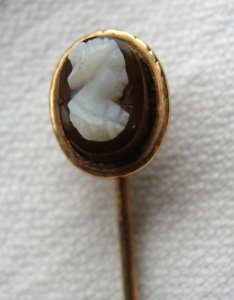
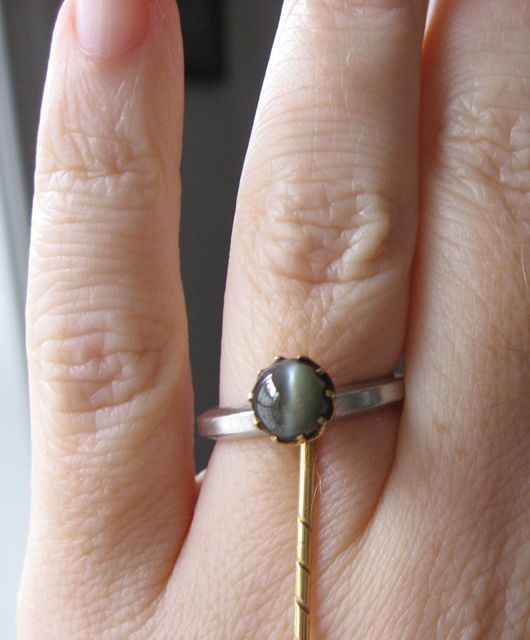
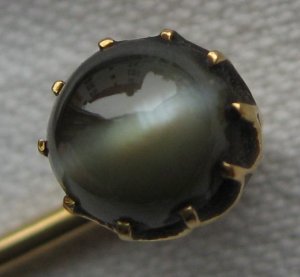
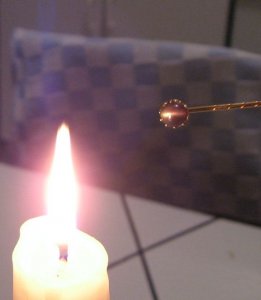
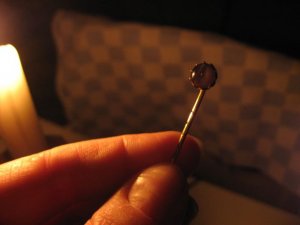
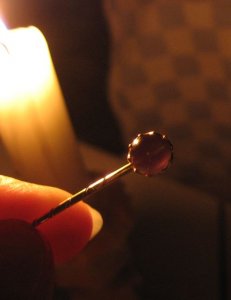
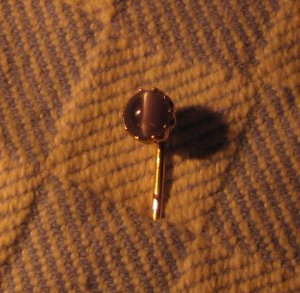
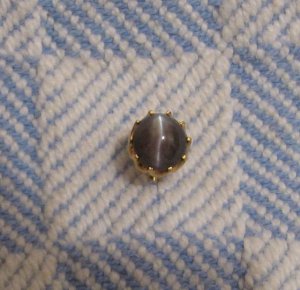
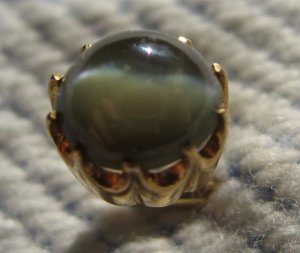
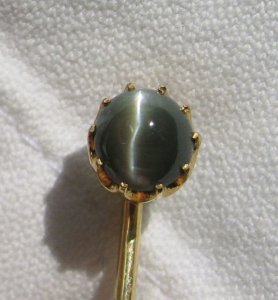
![2catseyes[1].jpg 2catseyes[1].jpg](https://www.pricescope.com/community/data/attachments/202/202503-612d2f31a1c75730051ff8ca0b62b172.jpg?hash=YS0vMaHHVz)


300x240.png)